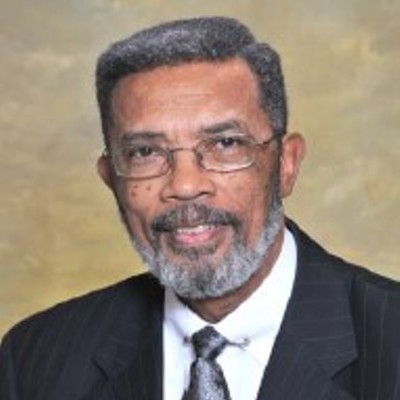If you talk to 10 different people about the state of
homelessness in Springfield, you are likely to get 10 different answers. There
are many reasons for this. Homelessness is complex and can be difficult to
clearly define. Cultural assumptions around homelessness often lead to broad
generalizations about people and their housing status and publicly available
data on the state of homelessness can often be unclear and quickly out of date.
These factors and more contribute to confusion around the experience of
homelessness and its impact in our community.
Recent data analysis at the national level showed a 12%
increase in the number of people experiencing homelessness in the U.S. These
results were the product of an annual count conducted in communities across the
country in January, 2023. The Point-in-Time Count is a carefully planned effort
to comprehensively count people experiencing homelessness and staying in
shelters, transitional housing programs, hotels paid for by organizations and
places not meant for human habitation. The U.S. Department of Housing and Urban
Development mandates Continuums of Care to conduct the count each January. PIT
data provides a snapshot of the challenge of homelessness in communities across
the country and while it is a helpful tool, it alone is insufficient to drive
the level of system change, innovation and progress necessary for communities such
as ours to solve homelessness.
In the fall of 2022, our community set the goal of reaching
a milestone known as “functional zero” by 2028. Community Solutions, a
non-profit supporting more than 100 communities in efforts to reach functional
zero, defines functional zero as a milestone that indicates that fewer people
are experiencing homelessness than are routinely exiting homelessness at any
given time. When communities reach this goal, it means the experience of
homelessness will be rare and brief as long as the community can sustain the
progress.
In October of 2023, Heartland HOUSED applied for and
accepted an opportunity to work with Community Solutions through the Illinois'
Office to Prevent and End Homelessness. With the clear and measurable goal of
reaching functional zero in place, our community is now developing the ability
to reliably track homelessness on a person-specific basis each month. Community
Solutions' support has helped Heartland HOUSED and Heartland Continuum of Care organizations
make significant progress toward developing a By-Names-List of all people
experiencing homelessness in Sangamon County.
At the heart of these efforts is the reality that people are
not numbers. While we use systems language and systems thinking to scale and
design programs to provide support and housing for people experiencing
homelessness, solutions to homelessness happen at the personal level. Success
happens when people are known, cared for, met where they are and connected with
opportunities to access housing and other supports helpful to them. Our efforts
to connect and continuously increase access to services are built on the
foundation that when people have the basic need of housing met and have
supportive services available to them, they can thrive.
The development and maintenance of a By-Names-List require
considerable coordination and collaboration. The HCoC manages a Homeless
Management Information System that is used for program reporting, fostering
referrals across organizations, and connecting people to housing opportunities
with their consent. We are working to get more organizations to actively
participate in HMIS as a key component of our community sustaining quality,
real-time data. Each month, staff from more than 20 community organizations
collaborate to support people and identify gaps and opportunities. These
efforts are strengthened and duplication of services is minimized when partners
share data and report on their work.
In addition to improvements in data sharing, a key growth
area for our community is expanding housing-focused street outreach efforts.
The HCoC implemented Street Outreach Community Standards earlier this year and
developed a training to help organizations line up their outreach efforts with
best practices. We hope to see new street outreach positions created in the
near future to increase the energy available in our community to connect with
people where they are and help them access services.
Homelessness remains a complex challenge for people who
experience it and for communities working to develop effective and
compassionate solutions, but we believe the state of homelessness should not
and cannot be a mystery. We have recently created a Data Dashboard at
www.heartlandhoused.org that will help the community track progress in real time
as the dashboard gets updated each month to show inflow, exits and the amount
of time it takes from connecting with a household to helping them exit
homelessness. We are committed to achieving and sustaining quality, real-time
data to support Springfield and Sangamon County's progress toward becoming a
community where the experience of homelessness is rare and brief.
Josh Sabo is the executive director of Heartland HOUSED.




















